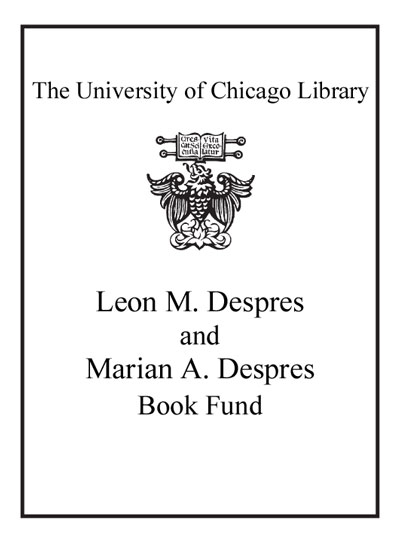Review by Choice Review
There is no single strategy for redeveloping aging US cities, argues Kromer (senior consultant, Fels Institute, Univ. of Pennsylvania). In his nine years as Philadelphia's director of housing, he was challenged to assemble partnerships to initiate renewal and repopulation for resource-starved neighborhoods. His case studies, mostly from Philadelphia, but also from Allentown, Pennsylvania, and Camden, New Jersey, describe variably successful projects. After 2000, federal funding for urban projects declined sharply, and the private sector tended to finance efforts with only the most profitable prospects, such as stadiums, hotels, and convention centers. Housing for low-income households stood at the end of the line. Thus Philadelphia had to combine tax-increment financing, property tax abatements, state opportunity zone strategies, and the resources of local private institutions to undertake new and rehabilitated housing programs and renewal of commercial corridors. Supporting this was a stronger program for planning that brought to the table the wide variety of urban stakeholders. This layering of partnerships is essential to any future development, Kromer asserts, but it must respond to the unique political and economic conditions of each city. Students and practitioners of urban planning and economics would find this useful. Summing Up: Recommended. Graduate, research, and professional collections. W. C. Johnson emeritus, Bethel University (MN)
Copyright American Library Association, used with permission.
Review by Choice Review

